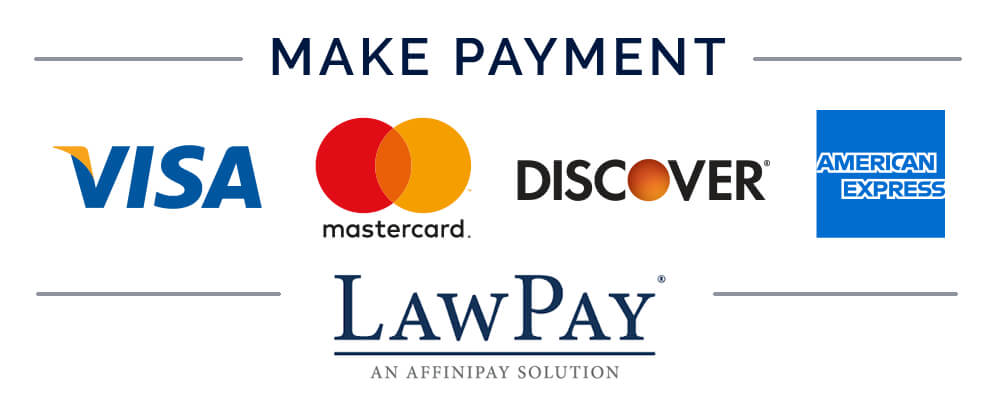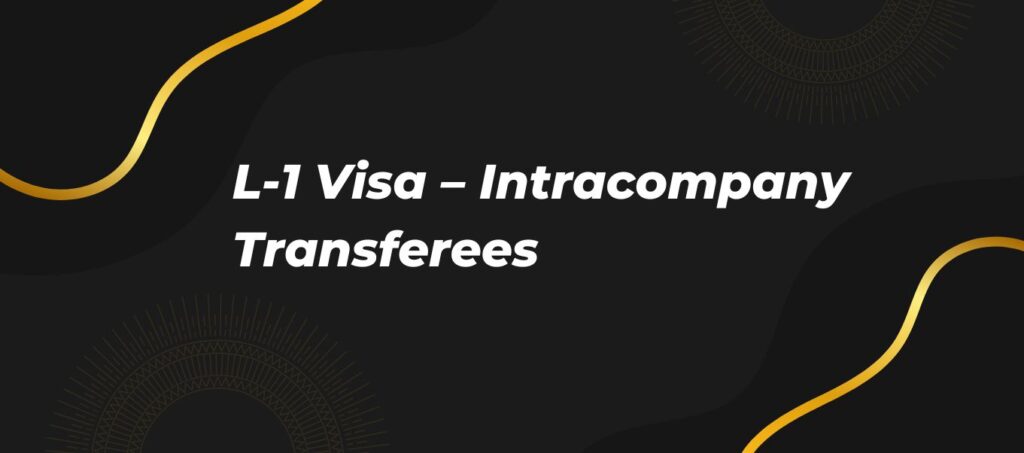If you’re working for a multinational company and considering a career move to the United States, the L-1 visa may be your best route in. It’s specifically designed to allow international businesses to transfer key employees—like executives, managers, and professionals with specialized knowledge—into their U.S. offices.
This visa isn’t just for big corporations. Many startups and growing businesses use the L-1 to expand into the American market by sending trusted personnel to set up or manage a U.S. branch. Whether you’re relocating to lead a team or to launch a U.S. office from the ground up, the L-1 visa is a powerful tool for global mobility.
In this blog, we’ll break down everything you need to know: who qualifies, how to apply, processing times, and how the L-1 visa can even lead to a green card.
What Is the L-1 Visa?
The L-1 visa is a non-immigrant, employment-based visa that allows multinational companies to transfer employees from their overseas offices to a related office in the United States.
There are two main types of L-1 visas:
L-1A – For Executives and Managers
This category is for individuals who hold executive or managerial roles within the company. They’re often sent to the U.S. to establish new offices, oversee operations, or lead departments.
L-1B – For Employees with Specialized Knowledge
This category is for employees with unique, proprietary, or advanced knowledge about the company’s products, services, processes, or systems. They’re often transferred to share that knowledge with U.S. teams or help train staff.
Who Can Qualify for an L-1 Visa?
To qualify for an L-1 visa, both the employee and the employer must meet specific criteria:
Employee Qualifications:
- Must have worked for the foreign company for at least one continuous year within the past three years prior to the application.
- Must be transferring to the U.S. office to work in an executive, managerial, or specialized knowledge capacity.
Employer Qualifications:
- The U.S. and foreign companies must have a qualifying relationship (parent company, branch, subsidiary, or affiliate).
- The U.S. company must be doing business or planning to do business as an active employer — not just a shell entity.
If the U.S. office is newly established, additional documentation will be required to show the company’s viability and business plan.
L-1A vs. L-1B: What’s the Difference?
Here’s a quick breakdown to help distinguish the two:
| Feature | L-1A | L-1B |
| Purpose | Transfer executives or managers | Transfer employees with specialized knowledge |
| Maximum Duration | 1 year initially (new office), extendable up to 7 years | 1 year initially (new office), extendable up to 5 years |
| Green Card Path | Easier path to EB-1C immigrant visa (no PERM required) | More complex, may require PERM-based petition |
| Popular With | Corporate leadership and startups opening U.S. branches | Technical experts, product developers, proprietary system specialists |
Duration of Stay on L-1 Visa
- Initial Stay:
- New U.S. office: 1 year
- Existing office: 3 years
- Extension:
- L-1A: In increments up to 7 years total
- L-1B: In increments up to 5 years total
Note: Time spent outside the U.S. during L-1 validity can sometimes be recaptured to extend your stay.
The Application Process: Step-by-Step
Whether you’re applying individually or as part of a company-wide expansion, here’s how the L-1 visa process typically works:
Step 1: Employer Files Form I-129 with USCIS
The U.S. company must file Form I-129, Petition for a Nonimmigrant Worker, along with:
- Proof of qualifying relationship between companies
- Job offer and position description
- Evidence of one-year employment abroad
- Business plan (for new offices)
Step 2: Wait for USCIS Approval
USCIS will review the petition and either approve, deny, or request more evidence (RFE). Premium processing is available for faster results (15 calendar days).
Step 3: Apply for the Visa at a U.S. Consulate
Once the petition is approved, the employee must:
- Complete Form DS-160 online
- Schedule and attend a visa interview
- Submit passport, I-797 approval notice, and supporting documents
Step 4: Enter the U.S. and Begin Working
After visa stamping, the employee can travel to the U.S. and begin working under the terms of the L-1 visa.
Blanket Petition Option for Large Companies
Companies that regularly transfer employees to the U.S. may apply for an L-1 Blanket Petition, which simplifies the process for future L-1 applicants.
Benefits include:
- Faster processing times
- No need to file a separate I-129 for each transfer
- More efficient internal mobility for global teams
Blanket petitions are ideal for companies with:
- At least 3 branches or affiliates worldwide
- A combined U.S. workforce of 1,000+
- At least 10 prior L-1 approvals in the past year
Advantages of the L-1 Visa
The L-1 offers several advantages over other work visas:
✅ No Degree Requirement: Unlike H-1B, there’s no strict requirement for a bachelor’s degree. Experience and job function matter more.
✅ No Annual Cap: No lottery. You can apply year-round.
✅ Path to Green Card: Especially for L-1A holders, the L-1 provides a smoother transition to permanent residency through the EB-1C immigrant visa.
✅ Spouse Work Authorization: L-2 spouses (dependents) can now apply for work authorization and start working without delay.
Challenges and Limitations of the L-1 Visa
Like all visas, the L-1 comes with a few challenges:
🚫 Strict Company Relationship Requirements: Must prove a real corporate connection between the U.S. and foreign entities.
🚫 Limited Duration: There’s a hard cap on how long you can stay (5 or 7 years).
🚫 Specialized Knowledge Scrutiny: L-1B applicants must clearly demonstrate how their knowledge is truly unique and not easily found in the U.S.
🚫 New Office Risk: If the U.S. branch is new, USCIS may scrutinize the application more closely and only grant a 1-year initial stay.
Can You Apply for a Green Card on L-1?
Yes — especially if you’re on an L-1A visa.
L-1A visa holders often pursue permanent residency through the EB-1C Green Card for multinational managers and executives. The EB-1C is highly desirable because:
- It doesn’t require a PERM Labor Certification
- Priority dates are often current
- It’s a relatively quick path to a green card
L-1B holders may also pursue green cards, but typically need to go through the PERM process under EB-2 or EB-3 categories.
Frequently Asked Questions (FAQs)
Can I bring my family on an L-1 visa?
Yes! Your spouse and unmarried children under 21 can come with you on L-2 dependent visas.
Can my spouse work in the U.S. on L-2?
Yes. L-2 spouses are eligible for automatic work authorization and do not need to apply separately.
Can I change employers on an L-1 visa?
No. The L-1 visa is employer-specific. You must stay with the company that sponsored you unless you change status.
What happens when my L-1 visa expires?
You must either leave the U.S., change to another visa status, or apply for permanent residency before your stay expires.
Is the L-1 visa better than H-1B?
It depends. The L-1 is better for executives and internal company transfers, especially for green card options. The H-1B is better for newly hired professionals in specialty roles.
Final Thoughts: Is the L-1 Visa Right for You?
If you’re working for a global company and have ambitions to expand your career in the United States, the L-1 visa is one of the most flexible and valuable options available. It’s especially beneficial for those in leadership roles or who hold in-depth knowledge critical to business operations.
But because of the detailed documentation required and the scrutiny of relationships between foreign and U.S. entities, it’s crucial to get expert legal help. A single oversight can lead to delays or denials.
Need Help With Your L-1 Visa?
Whether you’re opening a new office in the U.S. or transferring top talent across borders, we’re here to guide you every step of the way. From petition preparation to visa interviews, our experienced immigration team has helped businesses and professionals navigate the L-1 process with confidence and success.
Book your consultation today and let’s build your future — across borders, with the right legal guidance.



